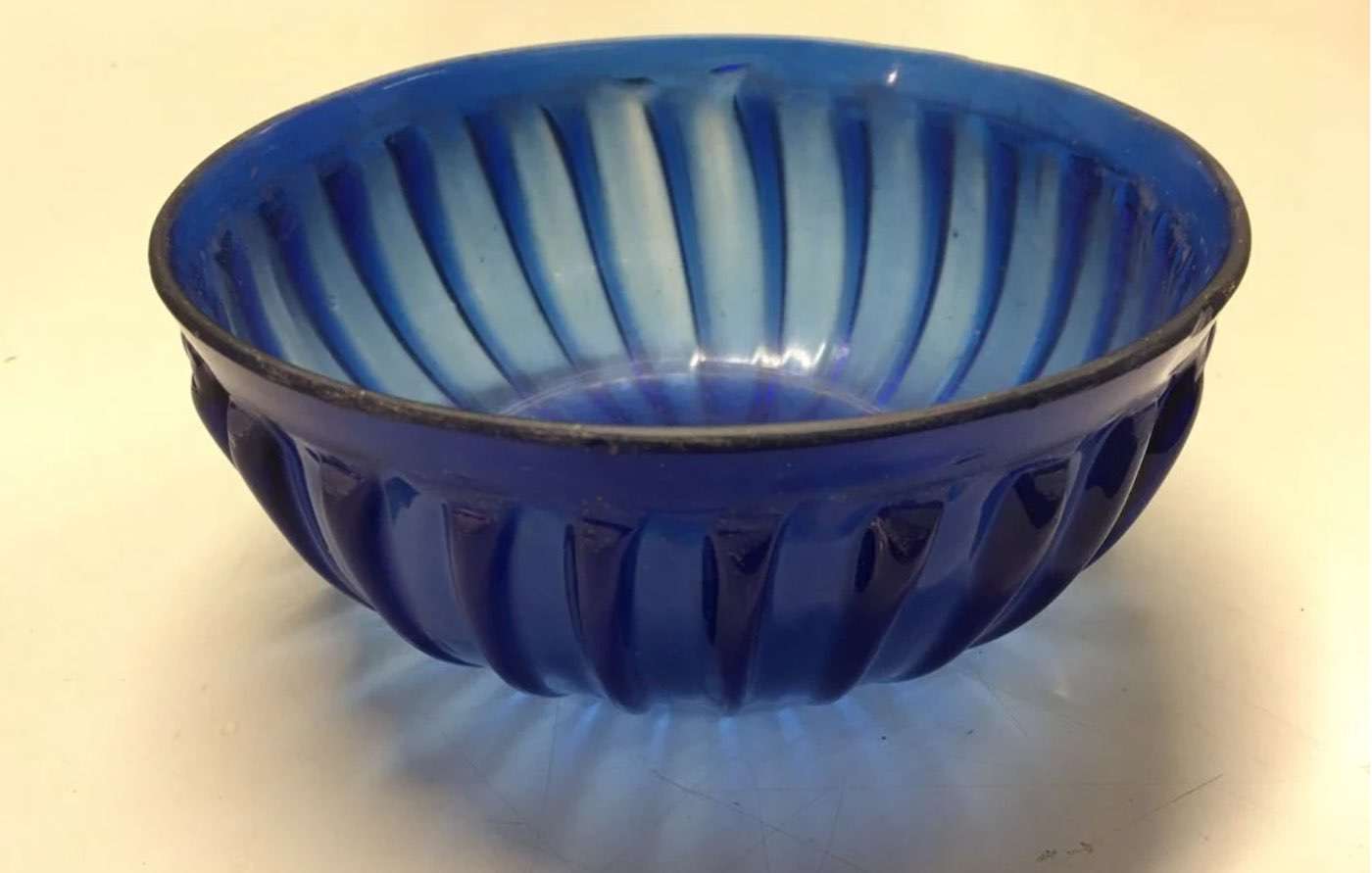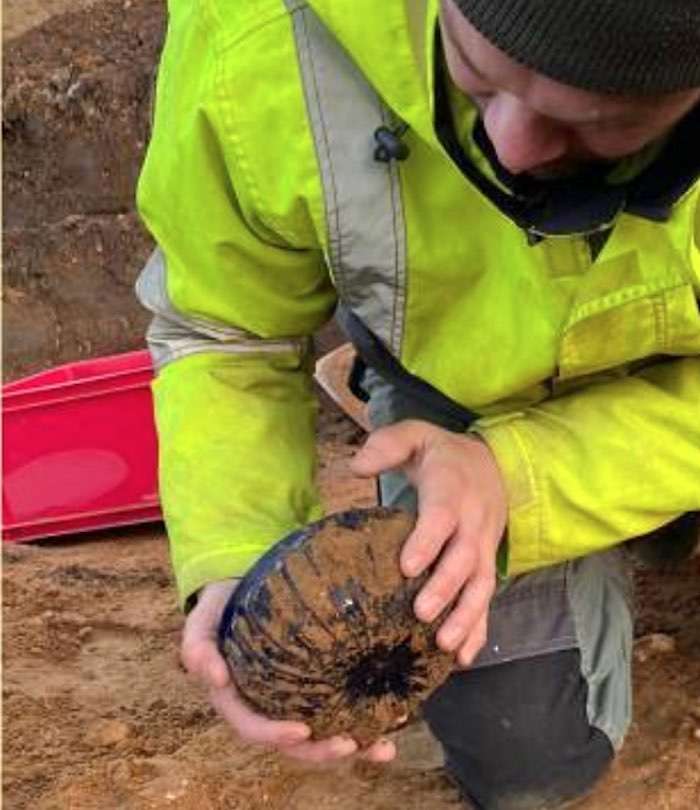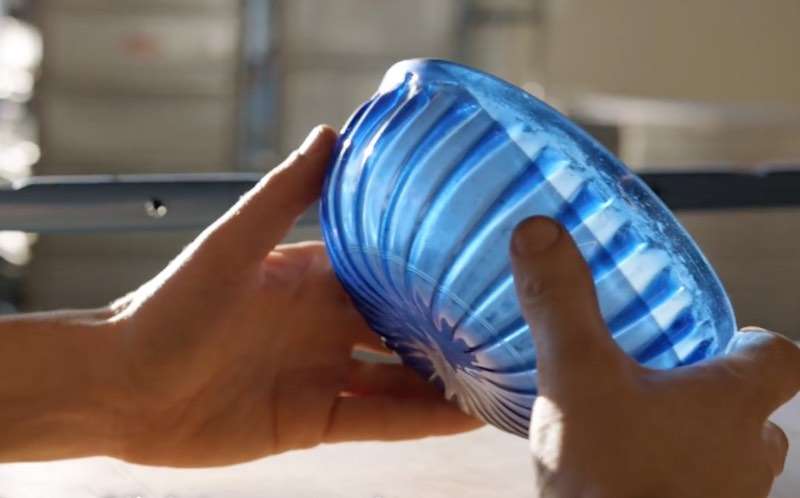The Top 50 Things to Come Out of Britain (Fish and Chips was Voted #1)
A new survey of 2,000 adults chose the top 50 things to come out of Britain—with fish and chips, roast dinners, and David Attenborough on top.

The Romans were excellent glazers, and an eye-opening testament to that fact was recently unearthed in the Dutch city of Nijmegen. A blue ruffled-glass bowl bearing hardly a scratch deserves a special place in a museum, say local archeologists.
The city recently announced the discovery of the bowl, which was found during excavations for a housing development in the neighborhood of Winkelsteeg, which rests along the Waal River.
Nijmegen is one of the oldest cities in the Netherlands, and while the locals practiced agriculture, the city itself was founded as a Roman fort and trading post.

"They (the locals) certainly had contact with the Romans," said Pepijn van de Geer, an archeologist who is who is leading the excavation. He told the newspaper Der Gelderlander that the bowl was likely acquired by trading with the Romans. "They had a great need for leather and liked to buy cattle hides."
Van de Geer also suggests that the local people, the Batavians, could have been in the service of the Roman armies, and that the bowl could have been taken home as part of a pay package.

The bowl was made by allowing molten glass to cool around a mold, and the dramatic stripes were formed while the glass was cooling. It's the presence of metal oxides within the glass that gives it such a deep blue coloration.

40 years ago, a cemetery was found in the Winkelsteeg area, where dishware and jewelry have also been excavated.
ARTnews reports that a well has also been found, and that van de Geer and his team would like to explore the area more to see how the people of the past lived, and what crops they were growing.
(WATCH the video for this story below.)
SHARE This Fascinating Find on Social Media…
Be the first to comment